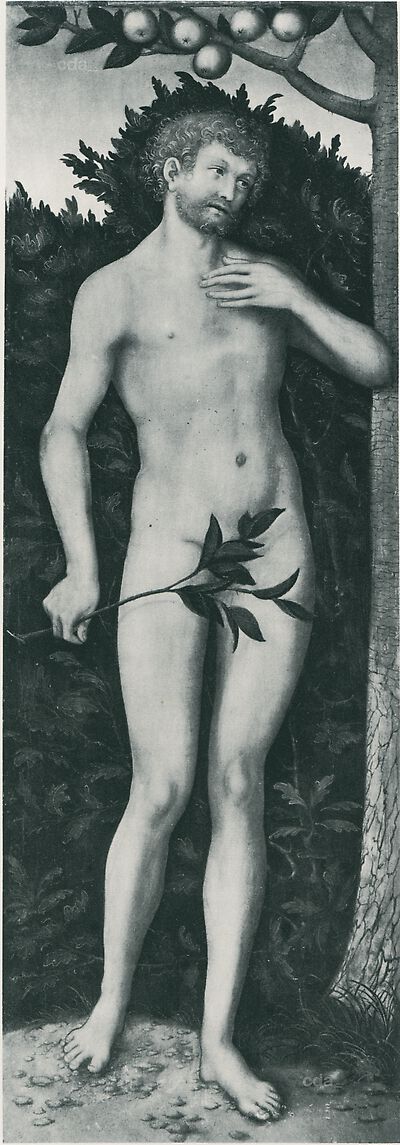- Attribution
- Lucas Cranach the Elder
Attribution
| Lucas Cranach the Elder | [http://www.artic.edu/aic/collections/artwork/111718?search_no=8&index=2] (accessed 24.09.2012) |
- Production dates
- 1533 - 1537
about 1535
Production dates
| 1533 - 1537 | [http://www.artic.edu/aic/collections/artwork/111718?search_no=8&index=2] (accessed 24.09.2012) |
| about 1535 | [Friedländer, Rosenberg 1979, No. 197] |
- Dimensions
- Dimensions of support: 107.5 x 36.4 cm (42 5/16 x 14 5/16 in.)
Dimensions
Dimensions of support: 107.5 x 36.4 cm (42 5/16 x 14 5/16 in.)
Dimensions of the painted surface: 105.7 x 36.4 cm (41 5/8 x 14 5/16 in.)
[http://www.artic.edu/aic/collections/artwork/111718?search_no=8&index=2] (accessed 24.09.2012)
- Signature / Dating
None
- Owner
- The Art Institute of Chicago
- Repository
- The Art Institute of Chicago
- Location
- Chicago
- CDA ID
- US_artic_1935-294
- FR (1978) Nr.
- FR197
- Persistent Link
- https://lucascranach.org/en/US_artic_1935-294/

